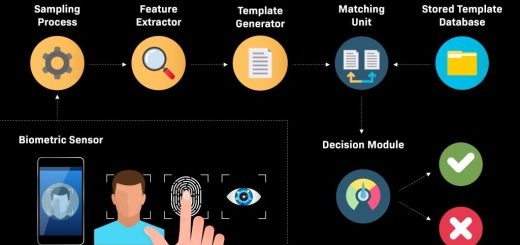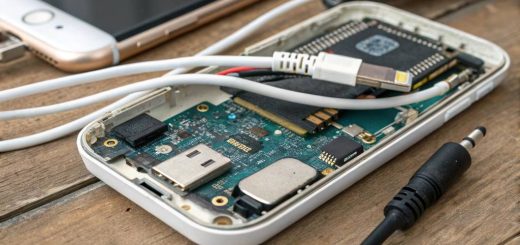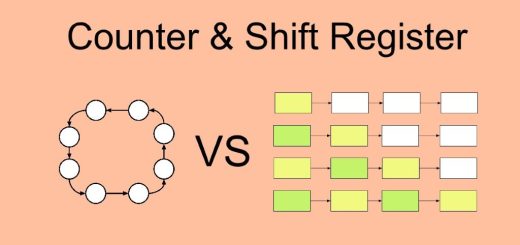How to install Android Studio on your PC in five easy steps
If you are thinking about getting started in creating your own Android applications, the first necessary step is to install Android Studio. It is not the only IDE with which you can create Android apps, but the official one and better adapted for the operating system.
In its beginnings Android Studio was not very different from IntelliJ, on which it is based, and it required juggling installing Java JDK and the Android IDE separately, recently the process has changed and it is much easier: basically it is just pounding the key Following.
1. Download Android Studio
Obviously, the first step is to download the installer. It is officially available for Windows, Mac and Linux, and you will find the download link on its official website. We are going to focus on the Windows version, although many indications will be useful for the other operating systems.
Make sure you’re connected to the WiFi network, since the download takes about 1 GB. Depending on the speed of your Internet connection, it will take more or less, so be patient. As soon as finished, click on the downloaded file to start the installation.
2. Start the installation
Android Studio is a hugely complex tool, but luckily its installation is not. Although it is available only in English, the truth is that there is not much difficulty because in most screens you only need to press Next, or next.
The only place where you can have any more questions is in the configuration on the maximum RAM that will be dedicated to the Android emulator. The truth is that you can change this later and the recommended configuration is … well, that’s the recommended one, so in this window the most sensible thing is to press Next again.
Otherwise there is no major difficulty in the installation and soon the actual process will begin. You can take your time if your PC is with the right power, so be patient. As soon as finished, press Finish to open Android Studio for the first time.
3. Initial configuration
The first thing you’ll see when you open Android Studio for the first time is a screen like the following. In it, you are simply asked if you want to import the configuration of a previous version. Usually Android Studio will detect the configuration by itself, and if you do not have any previous saved settings, you will mark Do not import settings, or not import settings.
The next window that will appear asks you for permission to send usage data and statistics to Google, with the aim that they are used to improve the application. It is totally optional, so accept it with Send usage statistics to Google or not, in this case by clicking on Do not send.
After this pre-configuration assistant comes the configuration wizard. In truth they are only a pair of windows with the most important configuration options and that, in any case, you can always change later from the settings.
The first thing you are asked is if you want to do a standard or customized installation of Android Studio. In the vast majority of cases, the standard installation is sufficient and will save you time and the odd headache.
Next you have to choose what theme you are going to use in the code editor. The factory brings two: the light theme Light and the dark subject Darcula. Choose the one that most convinces you, although you can always change it later from the options, as well as customize all the colors and fonts if you wish.
4. Download the components
Do you remember when we commented at the beginning that formerly installing Android Studio was a mess? Part of the fault was Java and the Android SDK, but now the process is automatic. If you chose the standard installation, Android Studio chooses for you the components you need to download.
Again, the download will surely exceed 500 MB, so make sure you’re connected to a Wi-Fi network and have enough disk space. Let the PC do the work for you and wait for the download and installation to finish. When finished, press Finish.
5. Enjoy Android Studio
That’s it, Android Studio is already installed on your system and it will show you the welcome screen. Surely you’re looking forward to creating your first Hello, world, on Android, so for that you need to click on Start a new Android Studio project.










